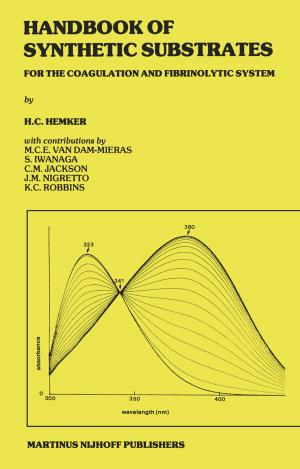Music as the Source of Learning
Consultant in Early Childhood and Remedial Education and Educational Technology
Nonfiction, Reference & Language, Education & Teaching| Author: | A.S. Wisbey | ISBN: | 9789401162203 |
| Publisher: | Springer Netherlands | Publication: | December 6, 2012 |
| Imprint: | Springer | Language: | English |
| Author: | A.S. Wisbey |
| ISBN: | 9789401162203 |
| Publisher: | Springer Netherlands |
| Publication: | December 6, 2012 |
| Imprint: | Springer |
| Language: | English |
The evidence grows daily that much learning failure results from undetected early childhood hearing problems (Gordon 1977). This is because the child is deprived of the state of acute hearing sensitivity normally present at birth which makes it possible to recognize the loudness levels and duration of each individual sound. This is how a child learns the signifi cance of the slightest variations in the quality of each sound as he collects information from the environment through all his senses, and the meaning of these changes is experienced and understood. As a result of normal sensory experience and reaction with the environment the multisensory systems are used and developed. Similarly, the growth of the brain is stimulated to make possible the storage of infor mation and to produce the biochemical state necessary to transmit and relate the sensory information so collected and stored (Monckeberg and Prescott, 1975). If the loudness level of sound is reduced so too is its impact. In this form a baby's normal 'startle response' to a sound, which includes the flickering open of the eyes, is rarely experienced. This response of the eyes is a seeking out of a sound source. The visual localizing of sound sources, leading to the antiCipation of their spatial position, arises from the ability to hear the fine changes of pitch and loudness levels involved in movement.
The evidence grows daily that much learning failure results from undetected early childhood hearing problems (Gordon 1977). This is because the child is deprived of the state of acute hearing sensitivity normally present at birth which makes it possible to recognize the loudness levels and duration of each individual sound. This is how a child learns the signifi cance of the slightest variations in the quality of each sound as he collects information from the environment through all his senses, and the meaning of these changes is experienced and understood. As a result of normal sensory experience and reaction with the environment the multisensory systems are used and developed. Similarly, the growth of the brain is stimulated to make possible the storage of infor mation and to produce the biochemical state necessary to transmit and relate the sensory information so collected and stored (Monckeberg and Prescott, 1975). If the loudness level of sound is reduced so too is its impact. In this form a baby's normal 'startle response' to a sound, which includes the flickering open of the eyes, is rarely experienced. This response of the eyes is a seeking out of a sound source. The visual localizing of sound sources, leading to the antiCipation of their spatial position, arises from the ability to hear the fine changes of pitch and loudness levels involved in movement.















